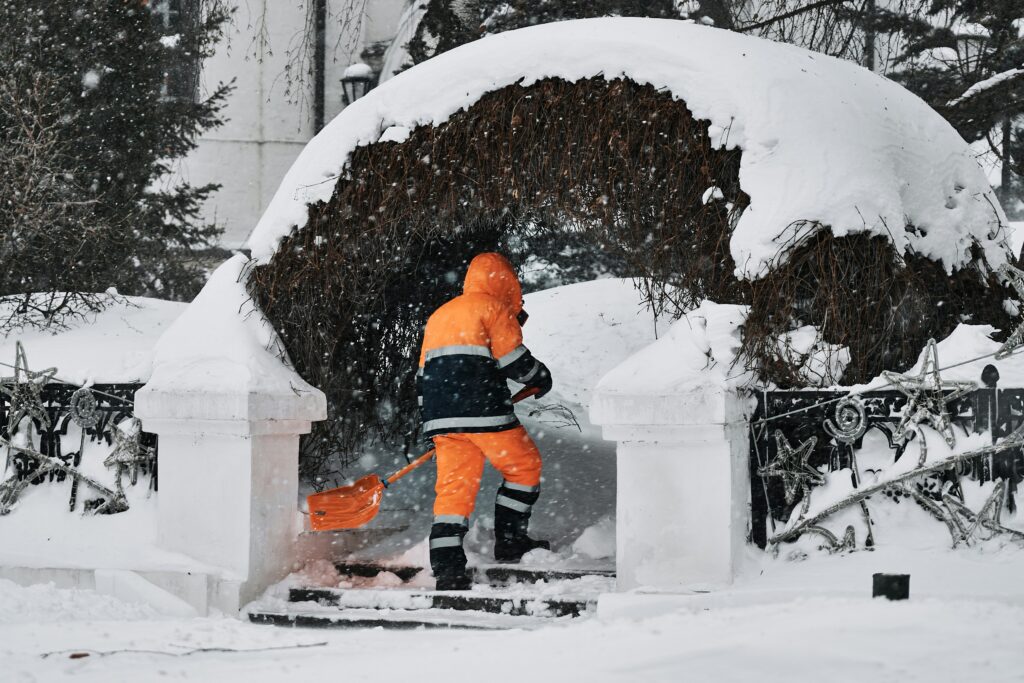Top Five Myths About Working in Cold Temperatures
22nd November 2024

With the colder months now upon us, average temperatures in the UK are expected to drop well below 10˚c. For those working in the logistics industry and other jobs where the work is predominately based outdoors, this means measures must be taken to ensure their safety and well-being. That’s why experts at bespoke material and handling equipment manufacturers, BlueTrolley have debunked five common myths around working outdoors in cold temperatures and what preventative measures employers should be implementing.
Myth 1: There’s a Minimum Legal Temperature for Work
Despite it being widely believed, there is no legally mandated minimum temperature at which work must cease in the UK. However, employers have a duty of care to ensure the health and safety of their employees, which includes providing a comfortable working environment.
This responsibility is enshrined in health and safety regulations, which stipulate that employers must take action to reduce the risks associated with working in extreme cold. Measures such as providing insulated clothing, ensuring regular breaks, and offering hot drinks are all expected as standard from employers to protect their workforce.
Myth 2: Layering is Always the Best Way to Stay Warm
While layering clothing is an effective way to stay warm, there’s a misconception that more layers automatically provide better insulation. The key is wearing the right type of layers – moisture-wicking fabrics close to the skin, insulating layers in the middle, and waterproof or windproof outer layers.
Employers should provide or advise on appropriate work attire for cold weather, ensuring workers stay warm without sacrificing mobility or safety.
Myth 3: Cold Weather Burns More Calories
It’s a common belief that working in cold temperatures causes the body to burn more calories. While your body does use energy to maintain warmth, the difference in calorie burn is minimal unless you’re shivering or in extremely cold conditions. Instead, focus on maintaining energy levels by eating nutritious meals and staying hydrated with warm, non-caffeinated beverages to keep your body fuelled and ready to handle cold environments.
Myth 4: It’s Best to Avoid Drinking Water in Cold Weather
Because you may not feel as thirsty in cold weather, many people assume that they don’t need to drink as much water. However, staying hydrated is just as important in cold weather as it is in hot conditions, as dehydration can still occur, especially with physical labour. To stay properly hydrated, drink water regularly, and consider warm beverages that can help maintain your body’s temperature without depleting your hydration.
Myth 5: Frostbite is Rare and Easy to Spot
Frostbite may seem like an extreme condition that only happens in the most severe cold, but it can occur quicker than many people realise, especially when skin is exposed to freezing temperatures. Additionally, frostbite can be difficult to detect in the early stages, as the affected areas may become numb. To prevent frostbite, wear insulated gloves, hats, and boots, and check your skin regularly for signs of cold damage, like redness or tingling.
Commenting on the myths, a spokesperson for BlueTrolley said: “The colder months bring several challenges for employees and employers, so we thought debunking a few common misconceptions on the subject, as well as advice on what measures need to be taken, could help overcome them. It is imperative that all possible measures are taken to keep those working outdoors during winter safe. Things like providing PPE with the appropriate amount of warmth and free hot drinks are easy implementations that can make a huge difference to employees braving the cold on a daily basis.”
similar news


